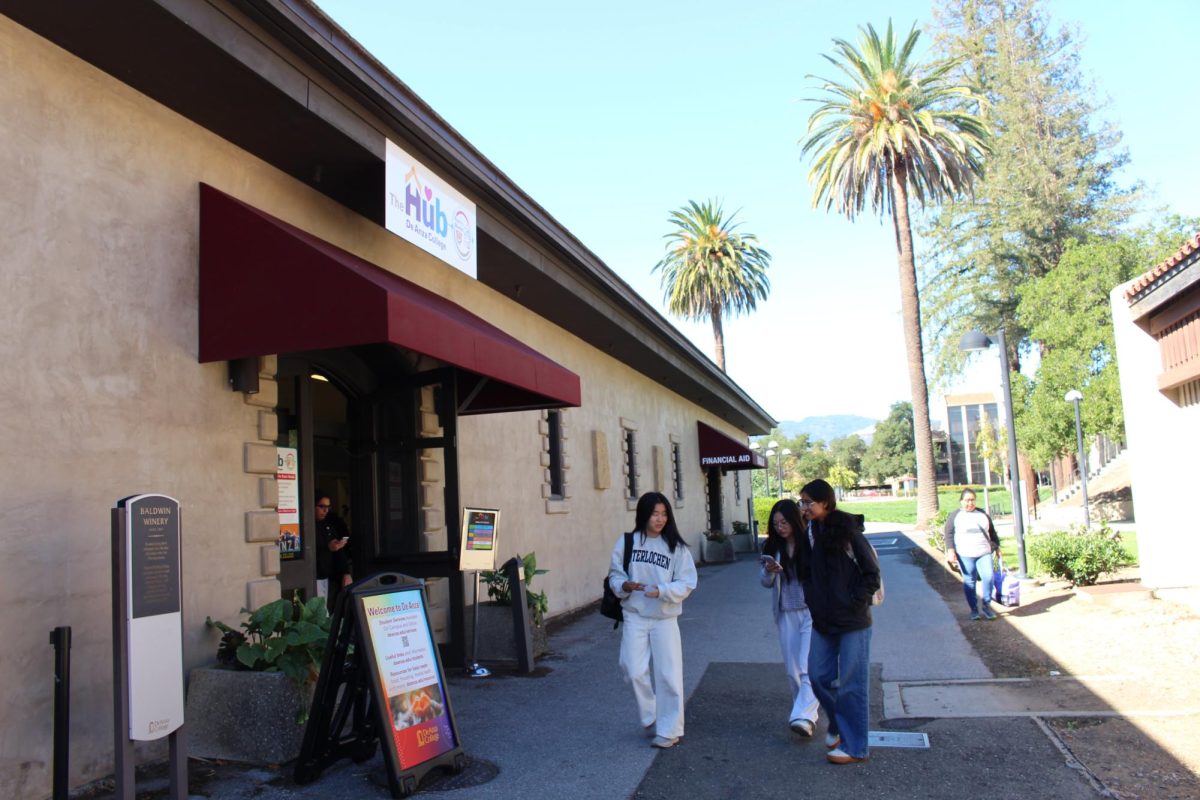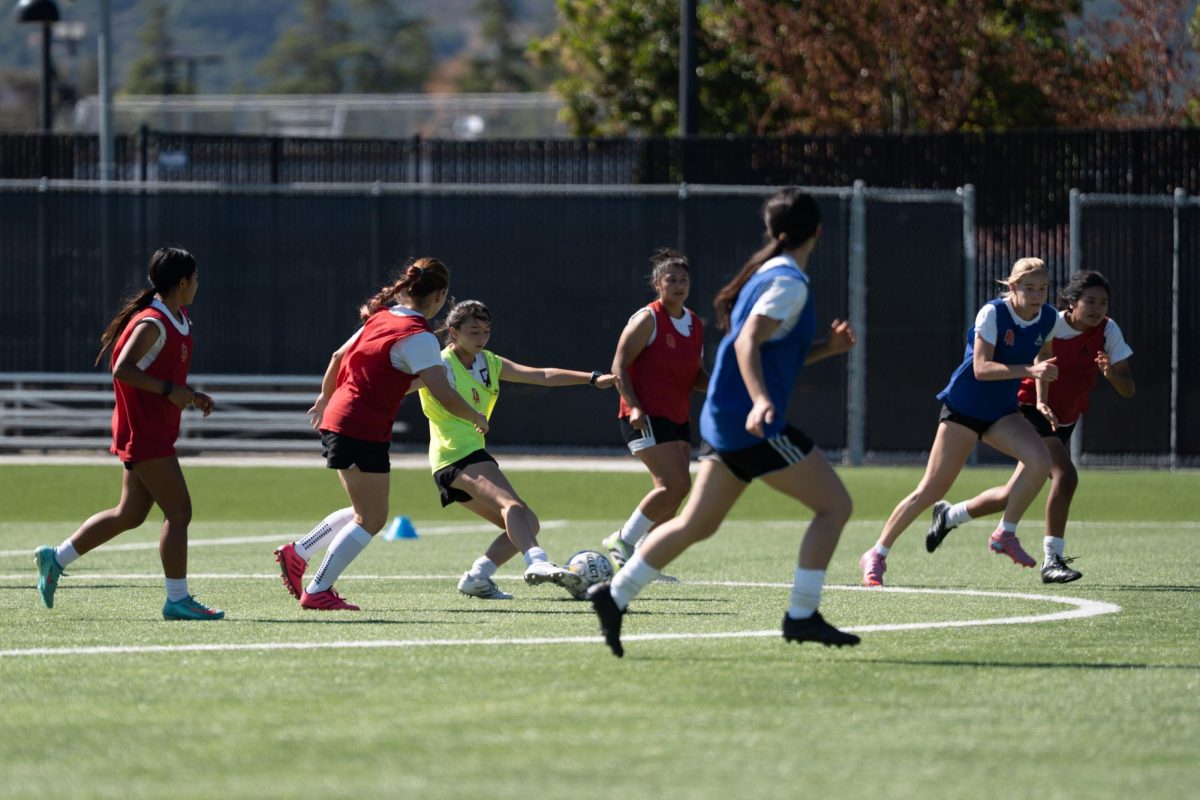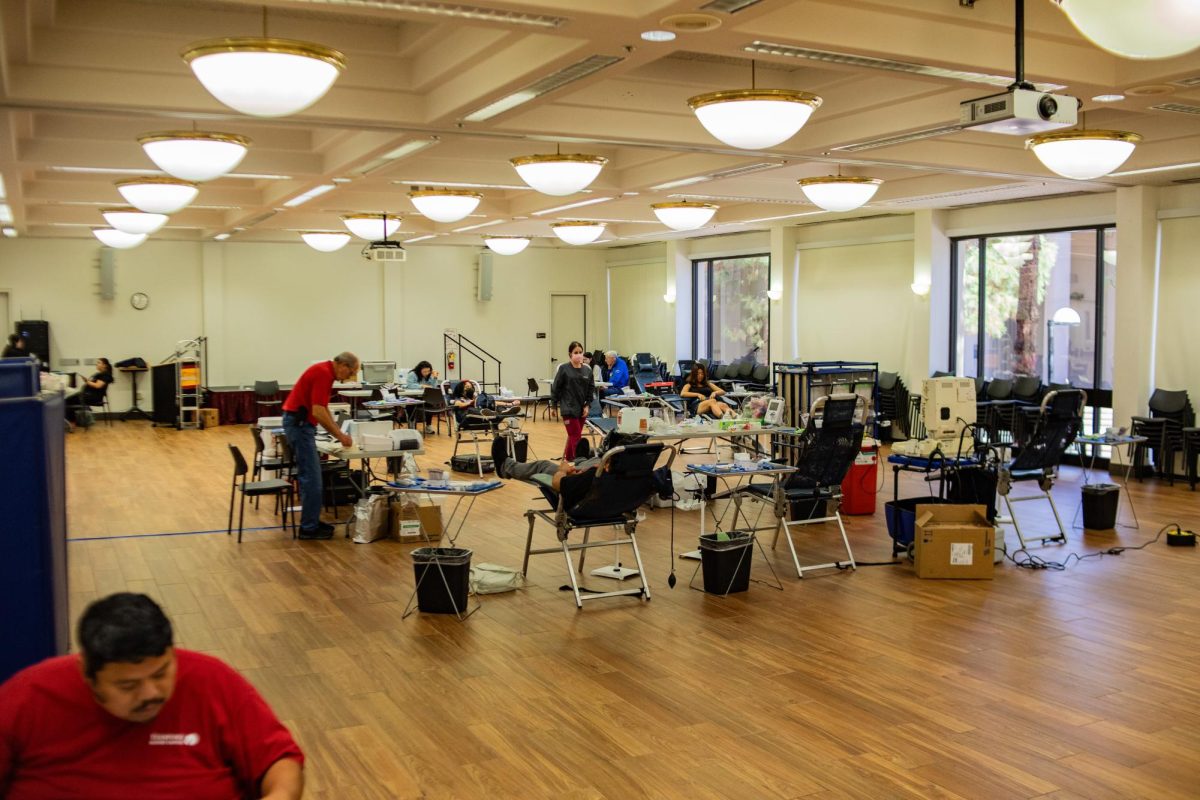Smaller classes are beneficial and effective
October 15, 2019
Class sizes can play a big part in De Anza College students’ success with options such as a smaller, more intimate class setting or a larger setting like courses offered in the forum buildings.
Having experienced both in the past, I prefer the smaller setting because there is a significant difference in being in a class with 25 students compared to one with 60.
The biggest difference was the relationship between the students and the instructor, causing the large class to feel like a regular lecture with no sense of engagement from either side.
According to an article written by Dr. Jessica Spallino, CEO of Method Schools, students felt more comfortable asking questions and seeking help in a smaller class and teachers felt more effective and comfortable in addressing those needs.
With a large classroom, students tend to want to sit far away from the teacher and it’s a given that they will be more susceptible to distractions since the teacher is focused on instructing the entire class.
Unlike a smaller class, students and teachers are well within each others line of vision and it can encourage students to stay on task or engage with what is being taught to them.
In no way am I saying that it’s easier to learn in one class setting than the other because everyone learns differently but it’s easier to feel included and a part of the class if there’s less people.
It was more advantageous to be in a setting where everyone is focused on the instructor and the material instead of being surrounded by students doing their own thing.
There are times where students won’t have the option of enrolling in a small class but a piece of advice for that situation is to just simply sit in the very front and stay engaged.
Sitting in front may make up for the large class setting but it won’t be as benefiting as a small class since there’s a chance all the scattered students won’t be bringing out the best of the teacher and the lecture.































